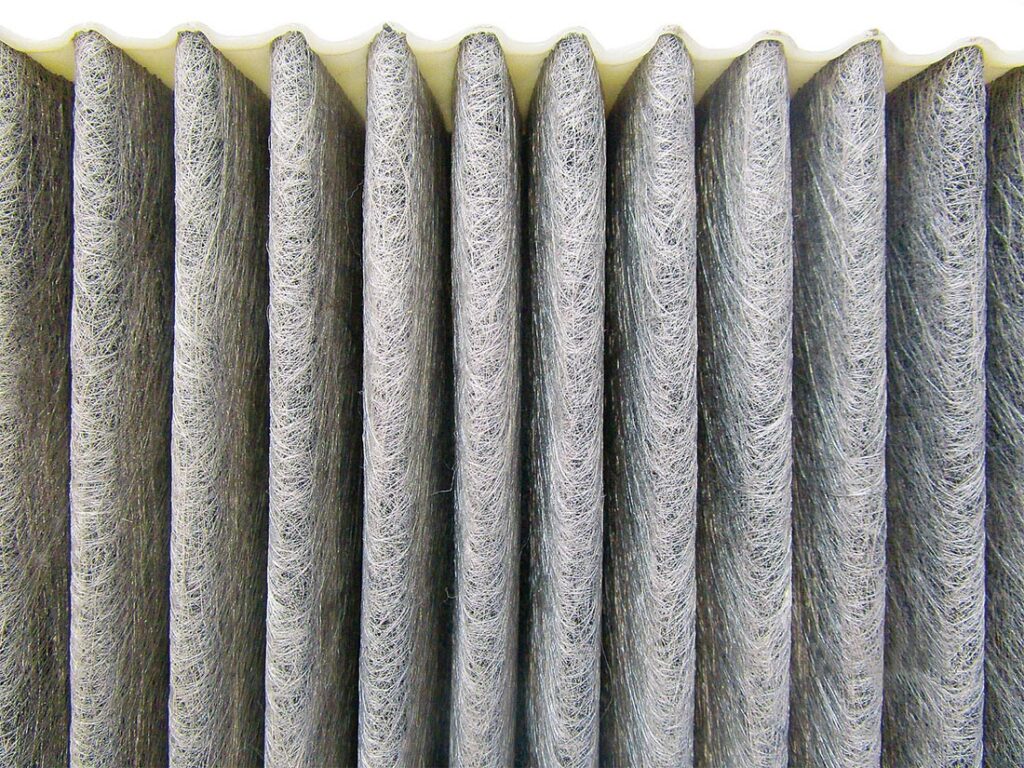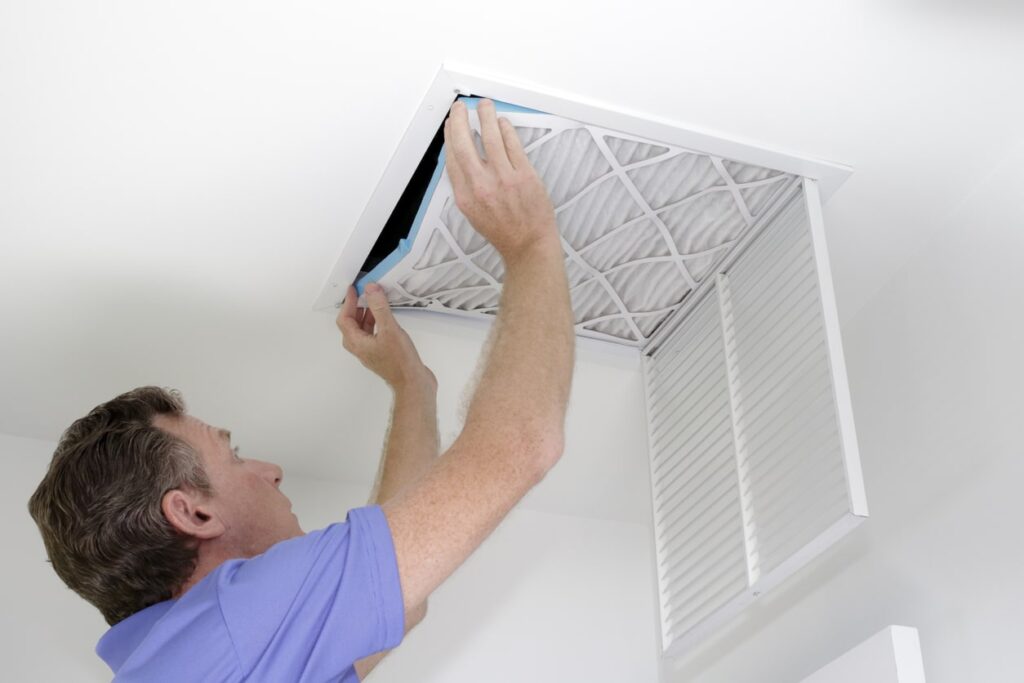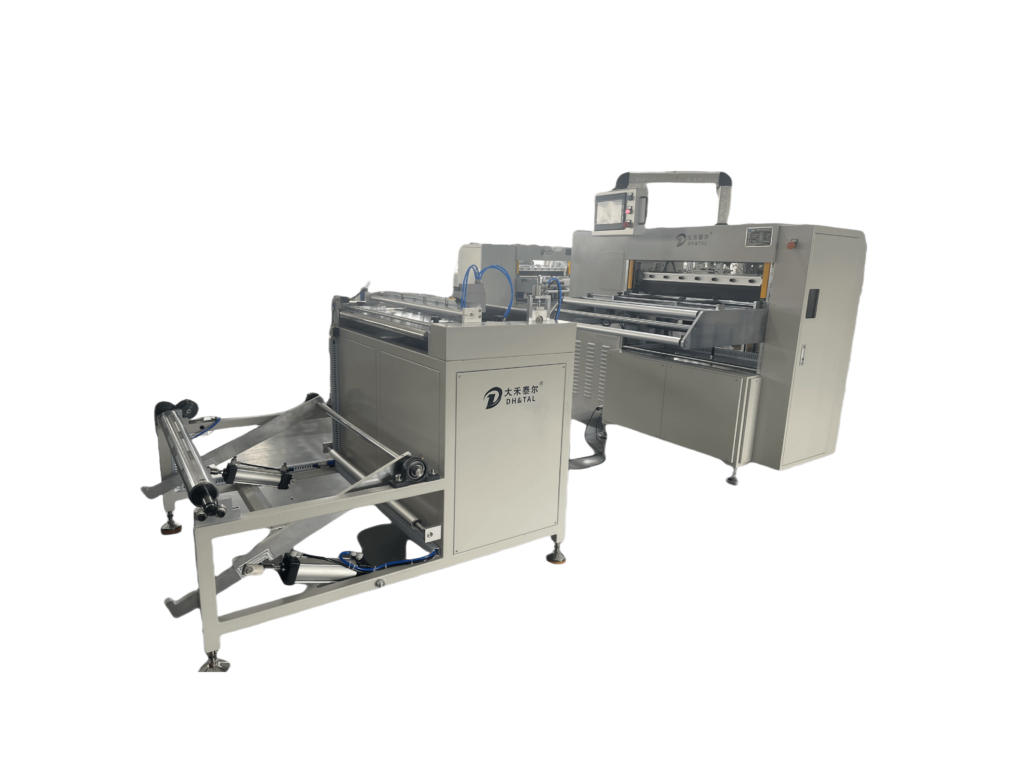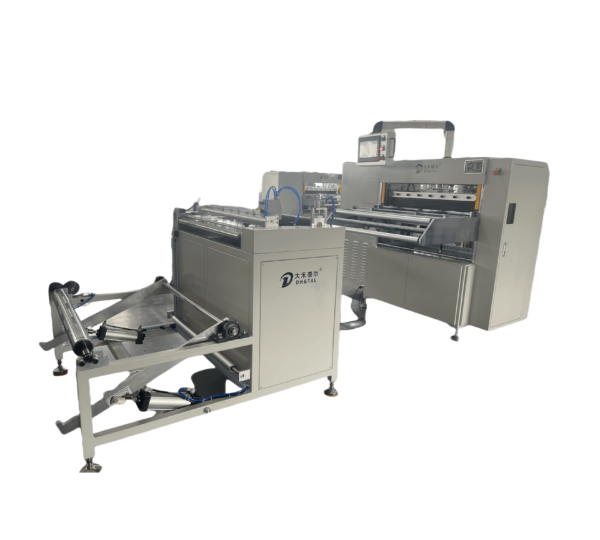Pleated filters are the cornerstone of efficient separation in automotive, HVAC systems, pharmaceuticals, and water treatment industries. At the heart of this technology is pleat pitch: the distance between each pleat in the filter media. The accuracy of the pleat pitch of the filter production equipment directly affects the performance, service life, and cost-effectiveness of the filter media. As filter manufacturing equipment evolves, so do filter quality and performance expectations. Using high-precision manufacturing equipment to form pleats automatically ensures that each filter element meets strict specifications. Problems such as inaccurate pleat spacing can lead to uneven element spacing, compromised element integrity, and reduced performance, affecting the entire production line.
The role of pleat pitch in filter production equipment
In filter production equipment, pleat pitch is the precise distance between consecutive pleats in the filter media, usually measured in millimeters. This simple measurement determines several key performance factors, including airflow distribution, particle capture efficiency, and pressure drop across the filter. Modern high-performance filters require pleat pitch tolerances within ±0.1 mm to maintain consistent filtration characteristics across the entire filter surface. When pleat pitch exceeds this threshold, uneven flow paths are created, affecting the filter’s ability to capture contaminants uniformly. Irregular pleat pitches can shorten filter life by up to 40% if localized overloading occurs due to closely spaced sections. Research in the high-precision filtration industry has shown that increasing pleat pitch accuracy from ±0.5 mm to ±0.2 mm can increase overall filtration efficiency by 15-25% while reducing energy consumption in HVAC applications by 10-18%.
How does precise pleat pitch improve filtration performance?
The relationship between pleat pitch accuracy and filtration efficiency follows precise engineering principles that every filter manufacturer should understand. Consistent pleat pitch ensures that airflow is evenly distributed across the filter surface, preventing the formation of high-velocity channels where particles cannot be captured. When filter production equipment maintains tight pitch tolerances, each pleat in the filter media performs as designed, creating optimal conditions for the effective operation of the deep filtration mechanism. This is especially important in high-efficiency applications such as HEPA. These advantages are also reflected in the filter loading characteristics. Precision pleated filters can load particles more evenly throughout the filter media depth without forming surface agglomerations that quickly increase pressure drop.
Field studies of hospital HVAC systems have shown that filters with a pitch accuracy of ±0.2 mm have an airflow rate 22% higher after six months of use than filters with lower accuracy. In addition, many industry standards now require written proof of pleat consistency across the entire filter surface.
Significant cost benefits of precise pleat control
Precise pleats minimize media waste by ensuring optimal material utilization, typically saving 15-25% in raw material costs when upgrading filter production equipment from ±0.5mm tolerance to ±0.2mm tolerance. Since filters with the correct pleat accuracy maintain a lower pressure drop throughout their service life, the energy savings during operation are even more significant. An automotive plant saved tens of thousands of dollars in energy each year after switching to filters with more stable airflow characteristics from DAHE filter production equipment. Improved pleat accuracy also significantly reduces quality control costs, with rejection rates for dimensional non-conforming products typically falling by 50% or more. Perhaps most importantly, filters with precise pleats command higher prices in the market, with some medical-grade products even seeing 20-30% higher profit margins due to their significantly superior performance.
Top filter production equipment technology for higher pleat accuracy
The laser measurement system used in Dahe’s intelligent filter production equipment provides resolutions up to 0.01. Real-time feedback of up to 0.1mm allows immediate correction of the pleating process. Depending on material or speed changes, the servo-controlled pleating mechanism can adjust the pleat spacing up to 1,200 times per minute. In addition, these technologies work together to maintain an accuracy of ±0.15mm even at a production rate of 60 filter elements per hour. The performance test results are apparent – the surface airflow resistance of filters produced using this equipment varies by less than 2%, while traditional pleated filters vary by up to 8-12%. For manufacturers pursuing high efficiency and low cost, the equipment also provides complete digital process documentation, recording the position of each pleat for quality assurance and traceability.
Environmental advantages of precision pleat manufacturing
The environmental benefits of precise pleat spacing in filter production equipment extend throughout the product life cycle. Precision pleat spacing technology maximizes filter material utilization, typically reducing raw material consumption by 1.2 tons for every 10,000 filters produced. This material efficiency directly reduces carbon emissions during material production and transportation. During use, the pleat spacing Filters with consistent pleat spacing maintain optimal airflow characteristics, reducing HVAC energy consumption by an average of 15%. A university study found that improving the precision of pleat spacing in commercial building filters could save 25 homes in electricity per year. Filters with the proper pleat spacing last longer, typically 20-30% longer than filters with irregular pleats, reducing waste generation and disposal costs. Its precision pleat technology can reduce the total carbon footprint of filter production by up to 18% compared to traditional methods. These sustainability benefits are increasingly important to environmentally conscious buyers.
Ensure filter performance and cost-effectiveness.
The pleat spacing accuracy of filter production equipment is more than just a technical specification. It is the cornerstone of filtration performance, cost control, and environmental responsibility and can provide millimeter-level accuracy. As global air quality standards become increasingly stringent, manufacturers focusing on sub-millimeter accuracy will lead the market and bring tangible value to end users.






